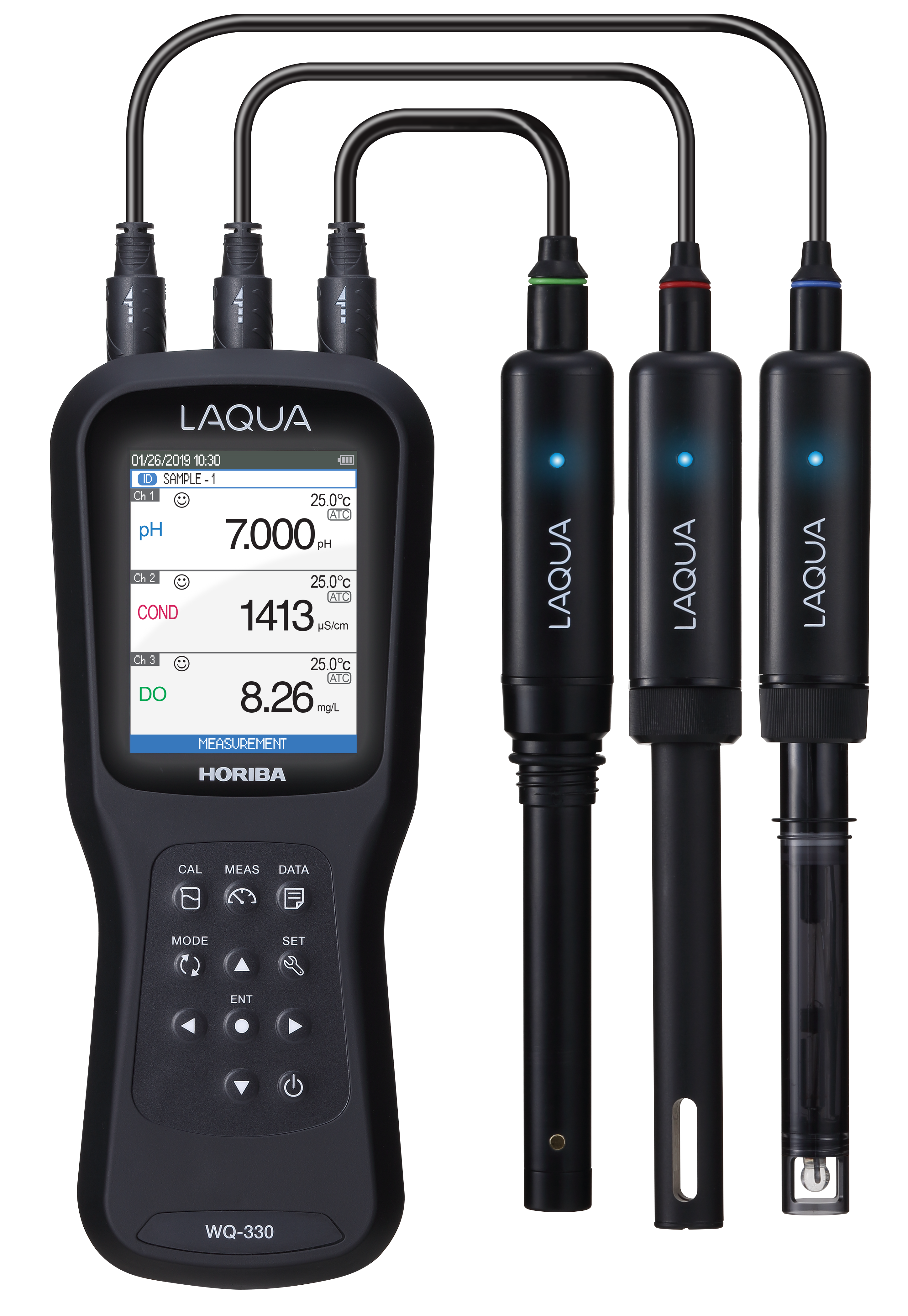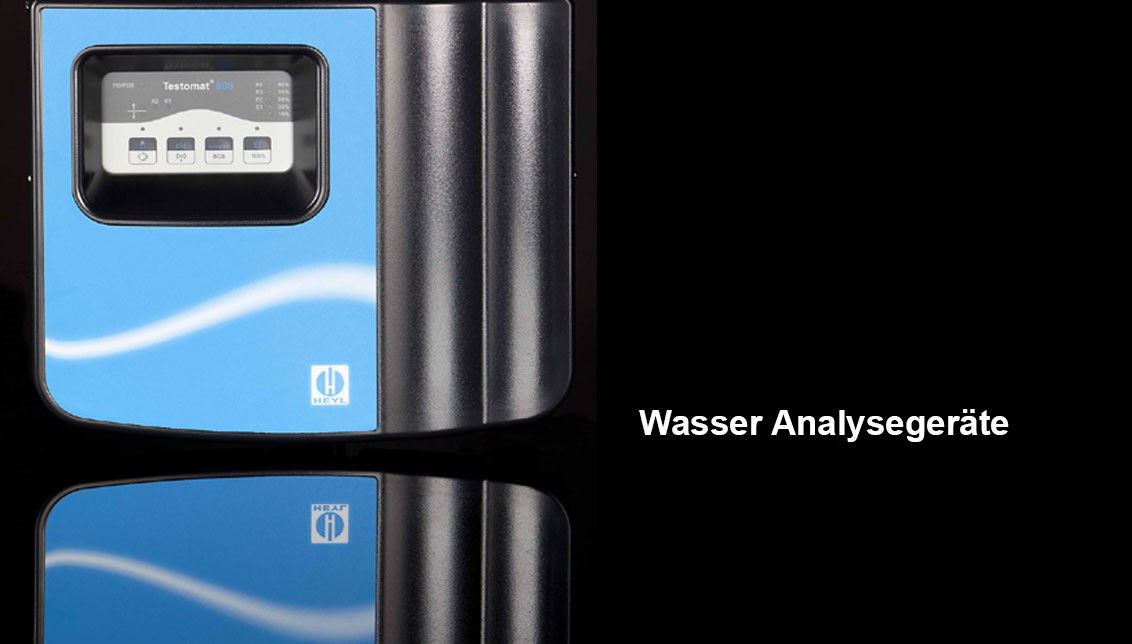
Regardless of the type of system (ponds, cages, tanks, raceways or recirculating aquaculture systems [RAS]), maintaining optimal water quality is critical to animal health, growth rates and production efficiency.
Accurate real-time monitoring of pH, dissolved oxygen (DO), salinity, ammonia, oxidation-reduction potential (ORP) and turbidity ensures optimal environmental conditions and minimizes disease risk and mortality.
Parameters in aquaculture
In aquaculture, portable meters are used to measure various critical water quality parameters - not just dissolved oxygen - to keep aquatic animals healthy and productive. Here are the most important parameters typically measured with portable devices:
Dissolved oxygen (DO): Most critical: fish and shrimp require specific DO levels. Low oxygen levels can cause stress, illness or death.
Temperature: Water temperature affects metabolism, oxygen solubility and feeding rate. Some species have narrow optimal temperature ranges.
pH: Measures the acidity/basicity of the water. pH affects ammonia toxicity and overall fish health.
Salinity (or conductivity): Important for species in brackish water or marine environments. Helps maintain osmotic balance in aquatic animals.
Ammonia (NH₃/NH₄⁺): Toxic waste product of animal metabolism and decomposition. Even low concentrations can be fatal.
Nitrite (NO₂-) and nitrate (NO₃-): By-products of the nitrogen cycle.
High nitrite is highly toxic; high nitrate can lead to long-term health problems.
Turbidity: Measures the clarity of the water. High turbidity can stress fish, clog gills and block light for aquatic plants.
Carbon dioxide (CO₂): High CO₂ can lower the blood pH in fish (acidosis). Important in systems with high stocking densities.
Alkalinity: Acts as a buffer against pH changes.
Helps to stabilize the water chemistry.
Chlorine: Particularly important when using treated tap water. Even small amounts can be harmful to aquatic life.
ORP: ORP is like a “health meter” for aquaculture water - it helps you detect problems (such as dirty water, lack of oxygen or bad bacteria) early before they affect or kill your animals.
You can find more information at: Monitoring water quality in aquaculture and fish farming - Application examples | Pocket Tester Shop



